Adaptable Urban Transformation Proposal Recognised at International Design Competition
30 April 2019
Teaching Fellow, Pedro Pitarch’s innovative design has received second prize in the Open International Competition for Alternative Layout Designs in Standard Housing for Russia
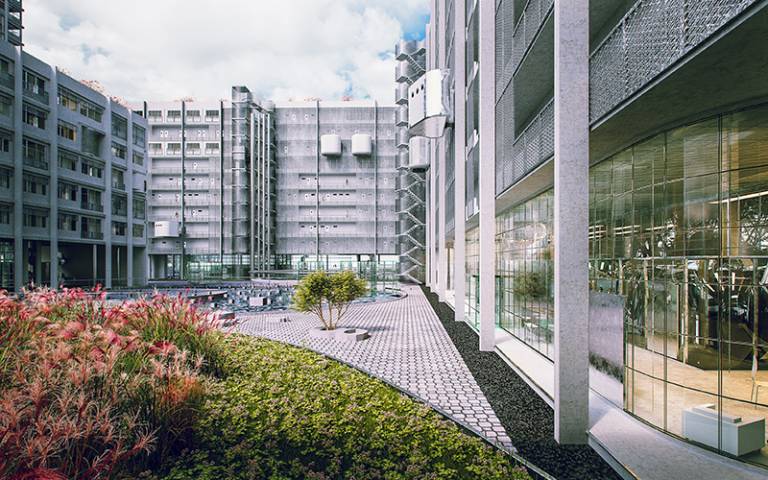
Pedro Pitarch’s project proposes the transformation of how of urban space is conceived, inserting public facilities into highly congested housing blocks with three adaptable models. Each housing block consists of a varied topology of domestic apartments and a range of public spaces, such as parks and playgrounds, which are migrated inside to increase practicality and usage and create an increased sense of community.
The competition aims to improve the quality of life through residential development in Russia. Participants are challenged to develop easily adaptable apartment layouts, taking into consideration comfort and security and opportunities for socialization and self-development.
Watch a short film of the project:
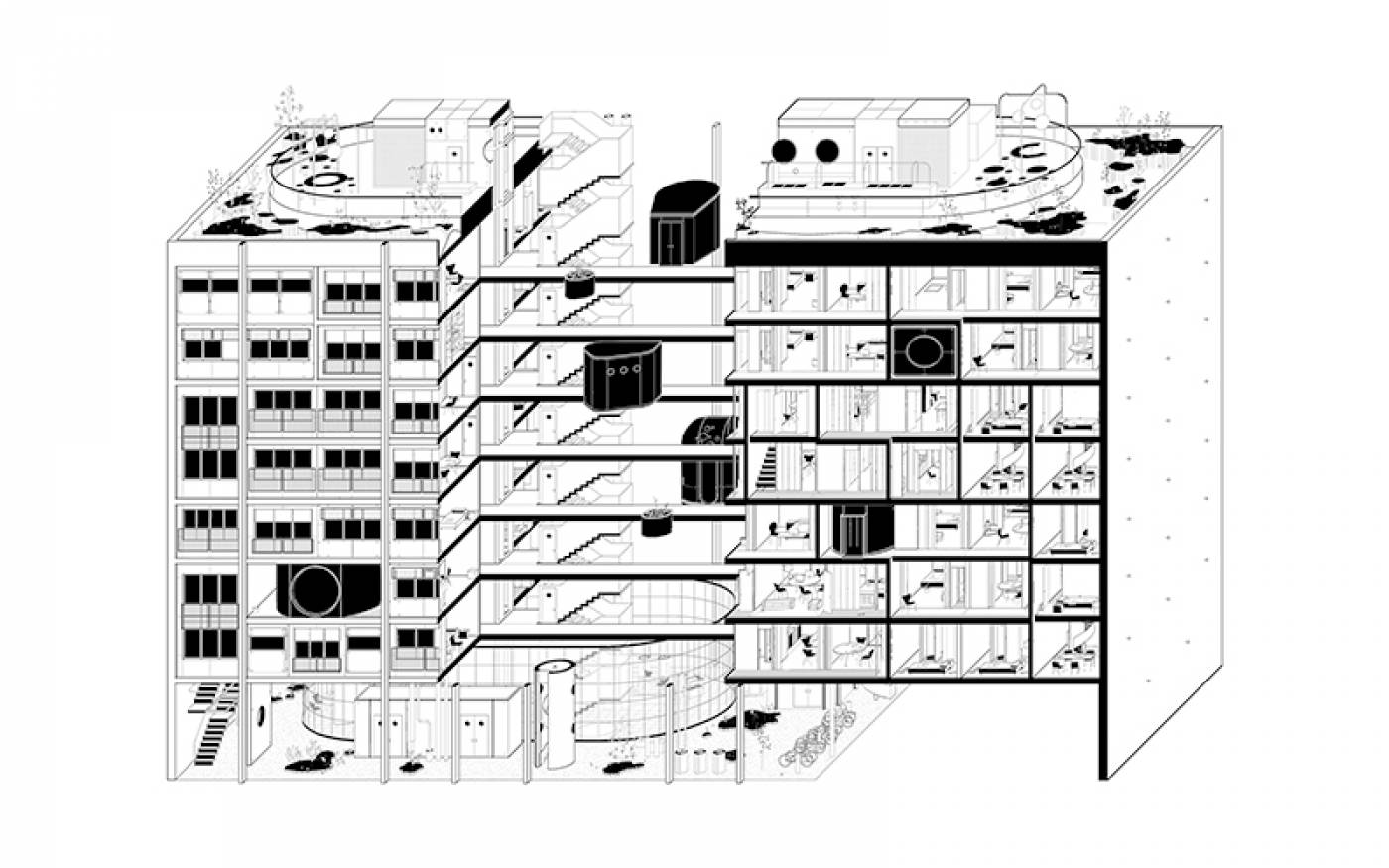
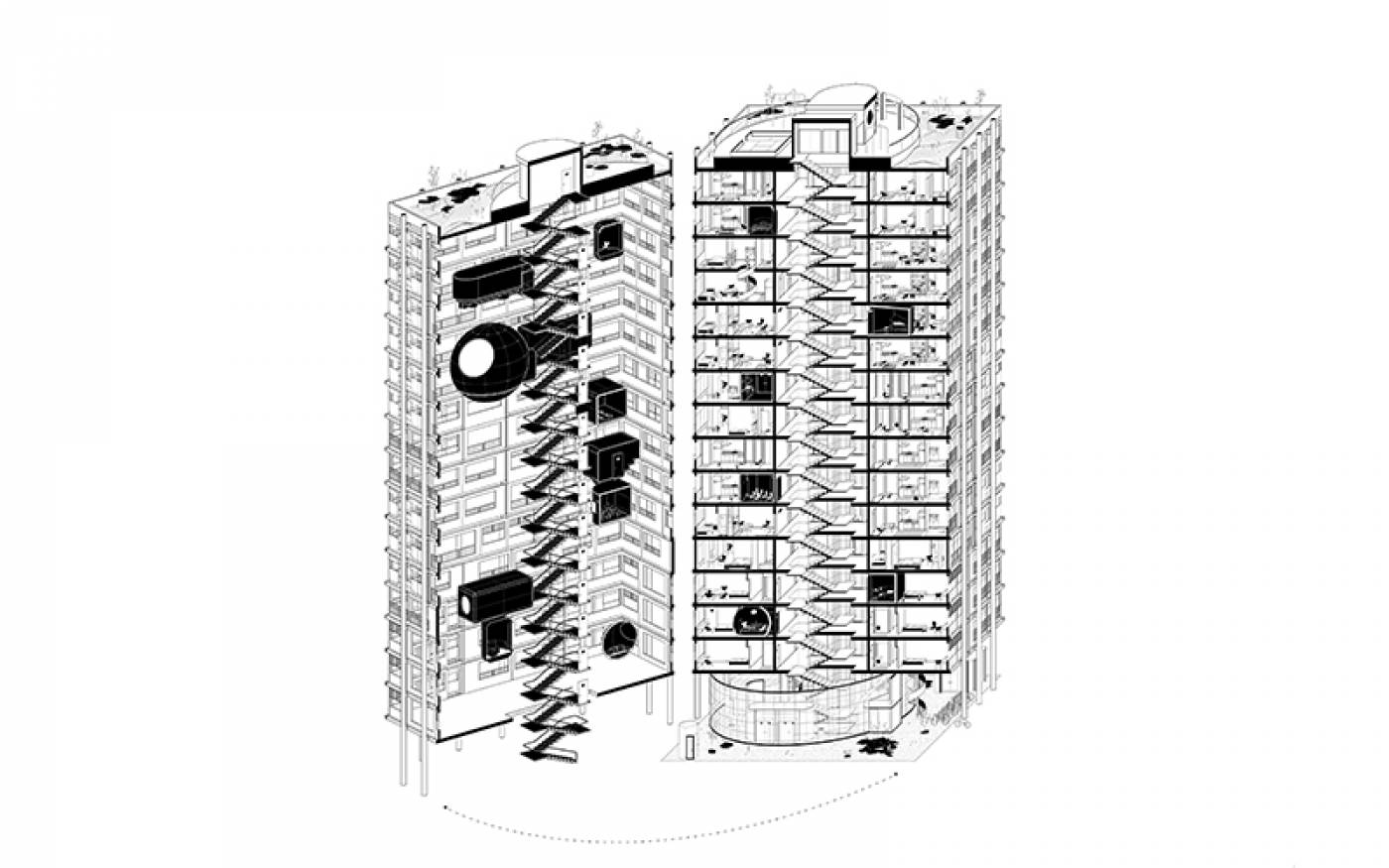
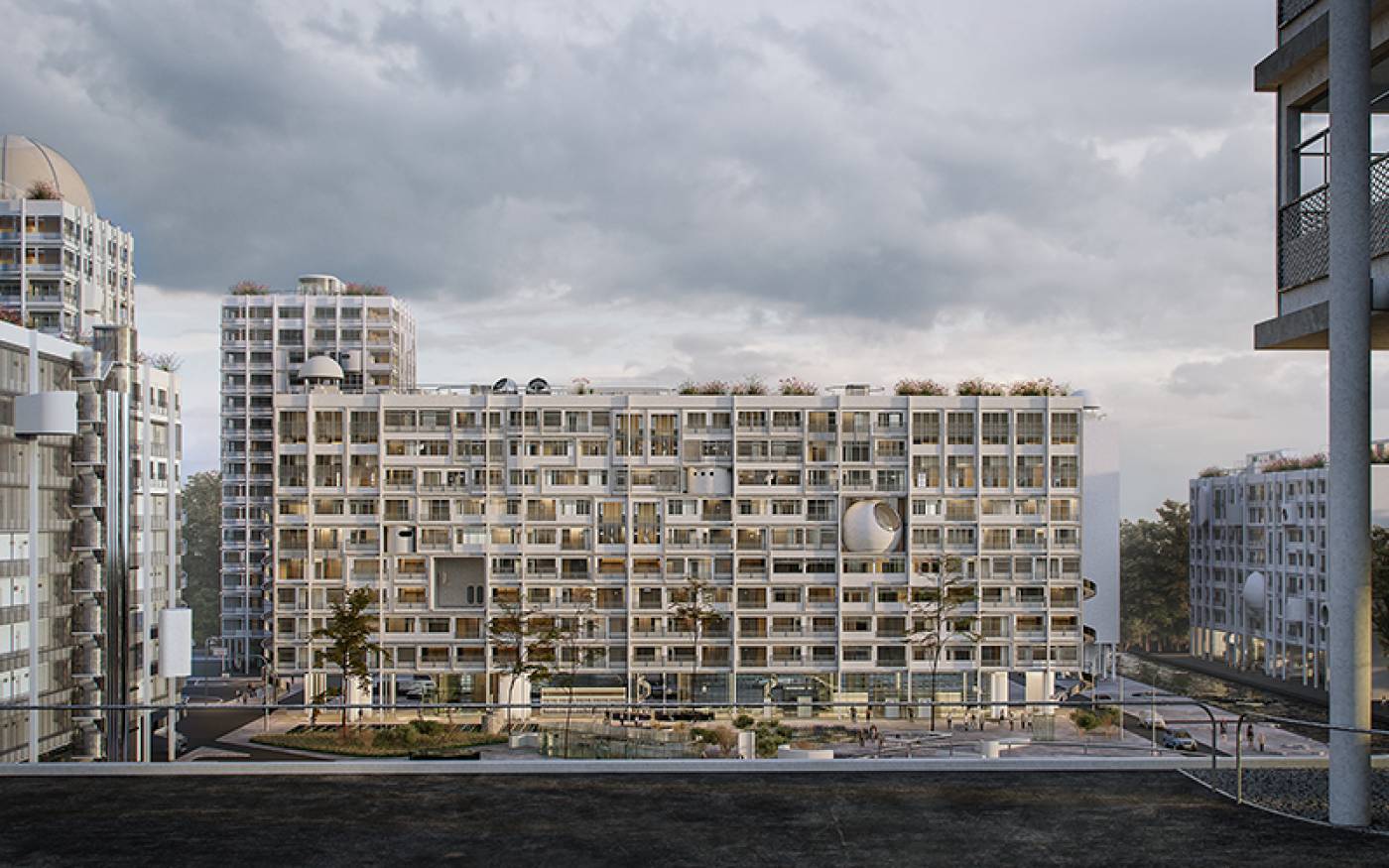
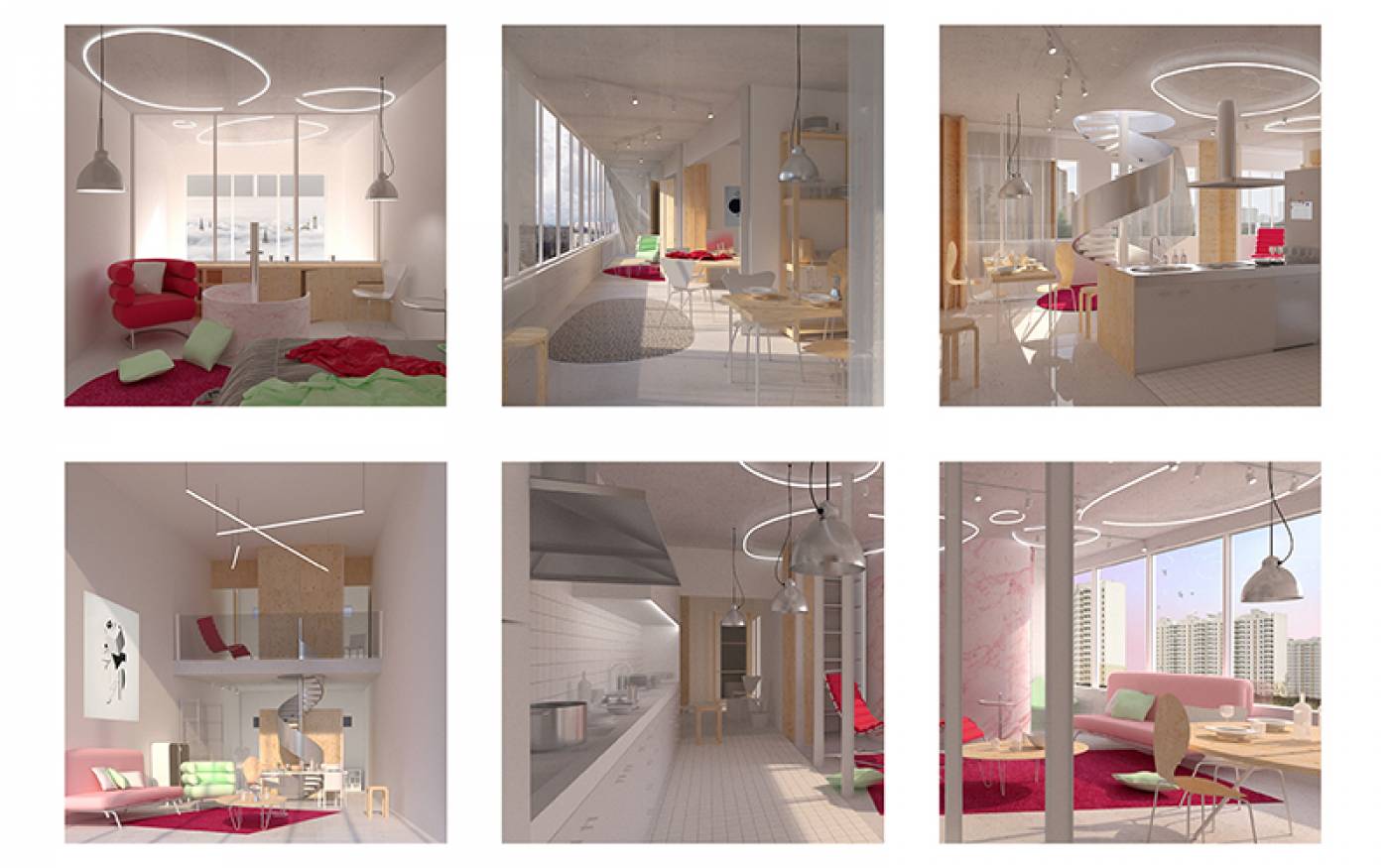
Project credits
- Architect
Pedro Pitarch
- Project team
Gonzalo Rojas, Javier Estebala and Jorge Sedano
In consortium with APEX Project Bureau- AR model
Francisco Millan
- Short film
Video by Pedro Pitarch a&u
Music by Javier Jimenez Rolo
All rights reserved ©Madrid-Moscow, November 2018
Find out more
- Pedro Pitarch Architecture
- Visit the website for the Open International Competition for Alternative Layout Design in Standard Housing
Images: created by Rafael Zarza
1. Exterior front view of the urban proposal – gallery building
2. Courtyard interior view of the proposal – gallery and block section buildings
3. Interior images of the main spaces of the domestic layouts
4. Image model of the urban proposal – AR model
 Close
Close

